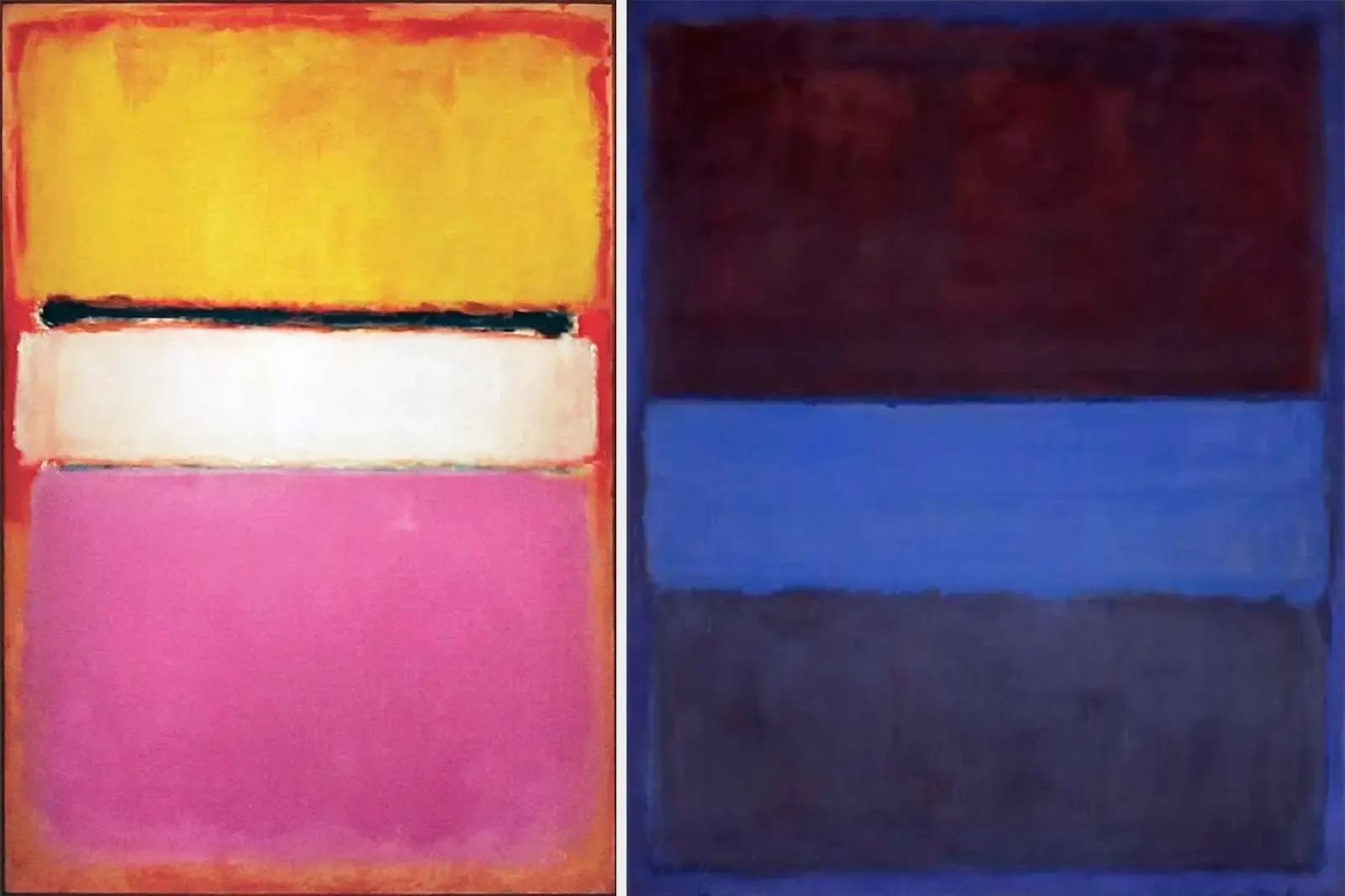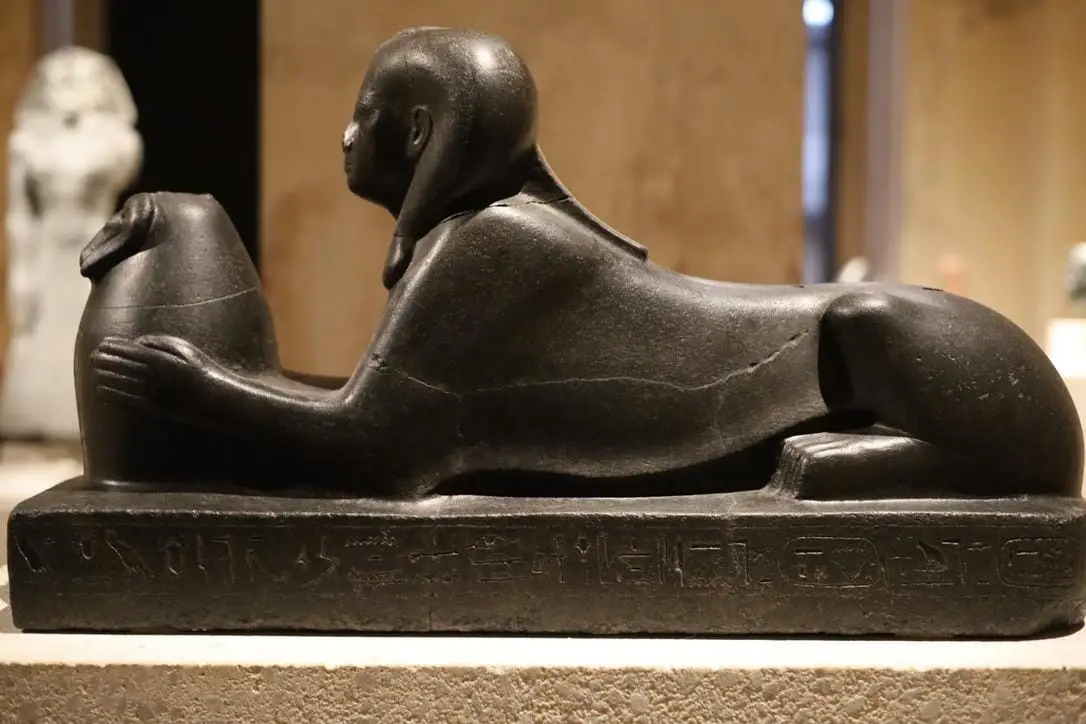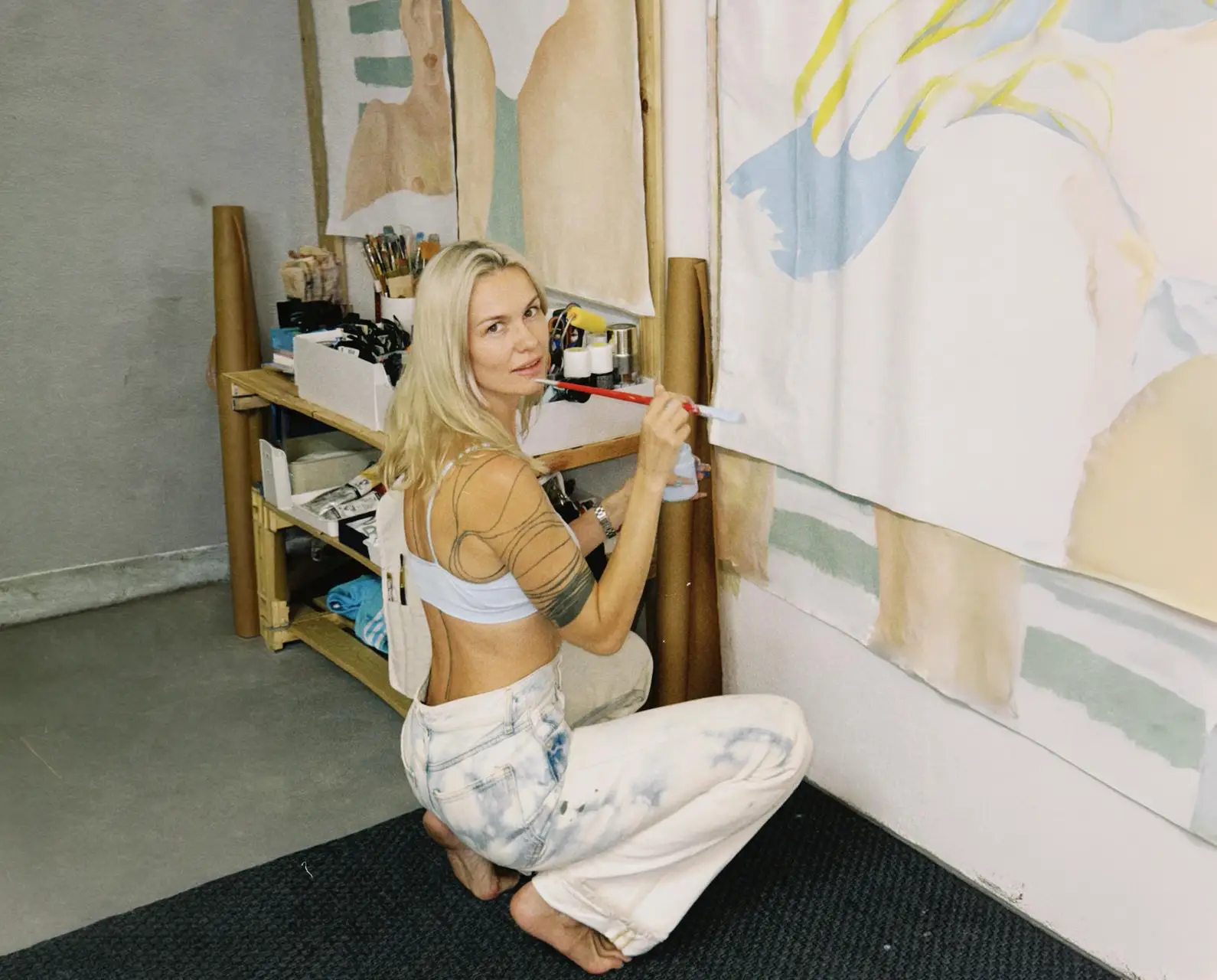How to Choose Art That Speaks to You: A Guide for First-Time Buyers
Art has long been seen as an elitist or luxury good—something reserved for the wealthy, seasoned collectors, or those with an in-depth knowledge of the art world. However, this perception is deeply disturbing and has to be changed. Today, accessing and purchasing art becomes easier and more engaging, with many opportunities for first-time buyers to acquire meaningful and beautiful pieces without breaking the bank. Choosing art can be an exciting and rewarding journey, one that not only enhances your living space but also reflects your personality and evokes emotions. But with such a wide array of options, how do you choose artwork that truly resonates with you?
This guide explores the key considerations that will help first-time art buyers make informed decisions. From understanding the emotional impact of art to researching an artist's biography, it will help the selection of a piece that fits your budget and speaks to your unique tastes.
Consider Your Emotional Response to the Art
When selecting art for yourself, the emotional response it elicits should be one of your primary considerations. Research shows that we form our response to art (and beauty) in the first milliseconds of the encounter. It reaches our unconscious directly and the decision is formed there. Our conscious mind then starts the rationalisation of that decision. In a few areas of our lives, such advice is appropriate but in art - let your unconscious decide. Follow your deep unconscious self to discover your own tastes and choices.
Art is not just decoration— as it reaches beyond what we can immediately apprehend and understand, it has the power to evoke deep emotions, spark memories, and transform who we are as well as the space around us. A piece that resonated with your deep self is likely to be one you continue to appreciate and care for over time.
Here are a few questions to guide your evaluation:
- What do I see? What colours, objects, lines, direction, perspective? What did I pay the most attention to initially? Answer these questions in a reflection on an artwork: Niftrouse Arthemide and white Chronus by Igor Selemenev.
- What words come to mind? Play an association game. The right piece of art can be a reflection of who you are or an expression of your passions, values, and interests. Suggested artwork to reflect upon (leave your reflection): Kinbaku by Myroslava Perevalska.
- What emotions does it stir in me? Does the artwork make you feel calm, energized, nostalgic, or angry? Your emotional connection to a piece often determines how enduring your relationship with it will be. Suggested artwork to reflect upon (leave your reflection): Girl in sunglasses by Artem Andreichuk.
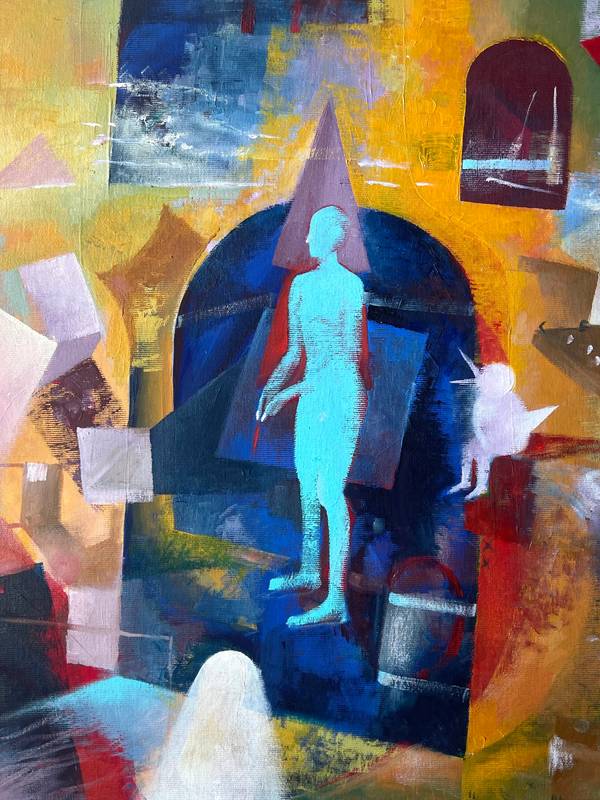
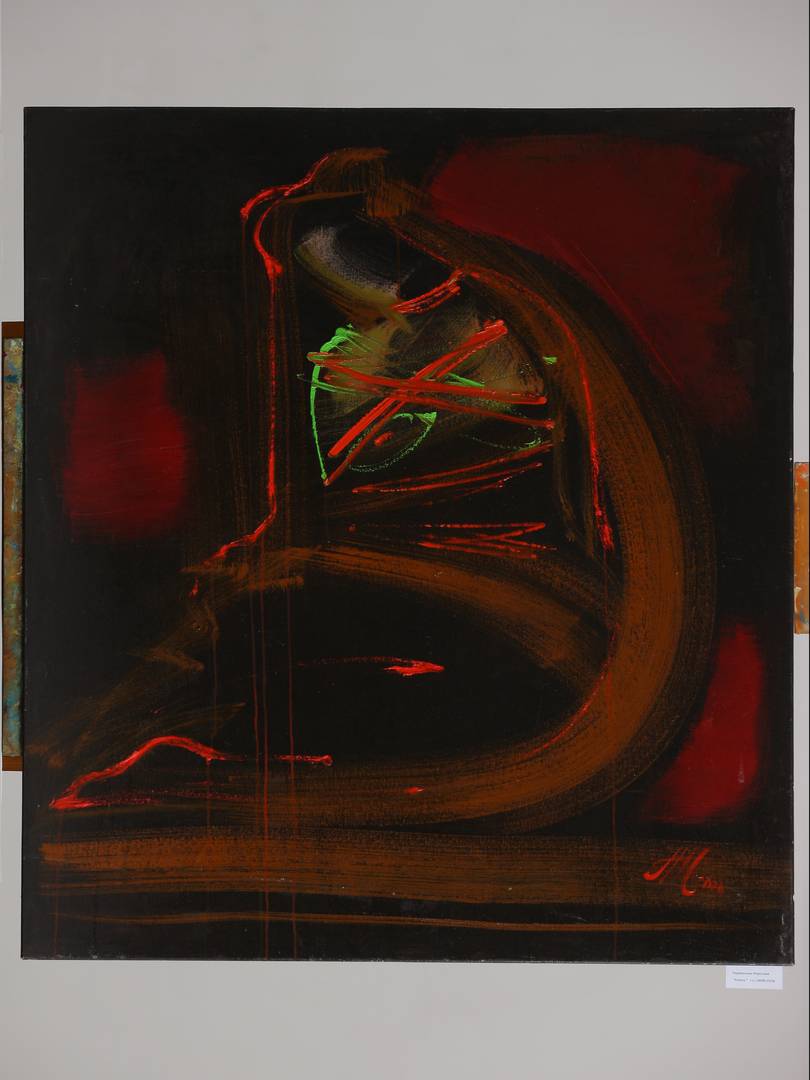

Niftrouse Arthemide and white Chronus by Igor Selemenev, Kinbaku by Myroslava Perevalska, Girl in sunglasses by Artem Andreichuk
Ultimately, if the artwork attracted you enough to start asking these questions, it is already worth living with. Usually exploring artwork’s particular significance to you takes time, which you don't have at a gallery or exhibition.
But we are so busy in our everyday lives and our attention spans are so short that sometimes we should also push ourselves to ask these questions even if it seems that you don't feel anything about a particular artwork. This can be a great exercise in self-reflection!
Choosing art is about more than just picking something that "looks nice" on the wall or fits into your interior design. It’s about finding a piece that speaks to you, that attracts you, that you want to look at further to understand something about yourself. And it might be that you find several artworks that attract you that seem totally incompatible from a style perspective. Well, it probably says something about the breadth of your personality ;)
Learn About the Artist’s Biography and CV
While your emotional connection to the artwork is essential, it’s also wise to consider the artist’s background. Understanding an artist's journey, influences, and development can provide important context and enrich your appreciation of their work. Look into the artist’s training, previous exhibitions, and artistic evolution to gain insight into their creative vision and where they stand within the broader art landscape.
Discover the artist’s wider practice: Elnara Nasirli.
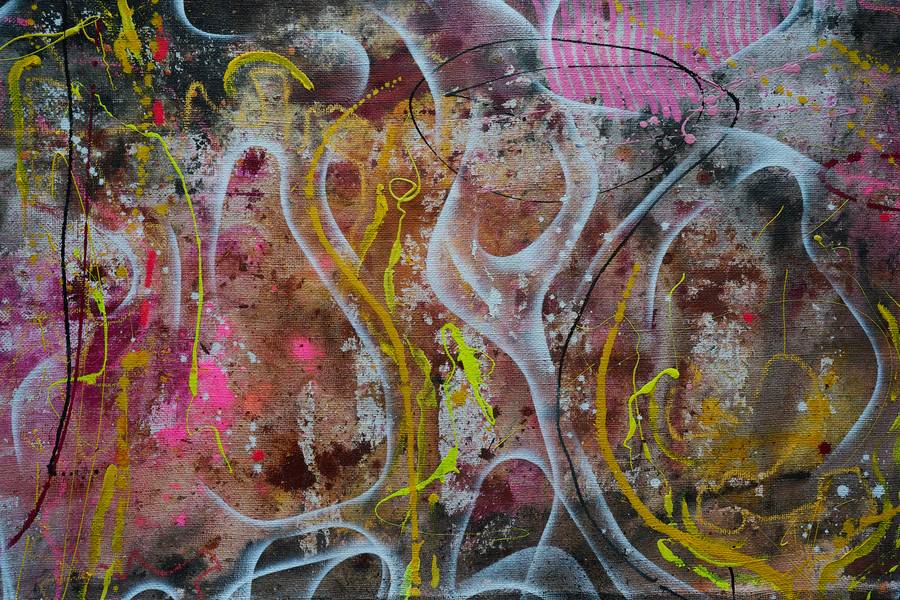
Setting a Budget and Finding Value
When purchasing art, it’s crucial to establish a budget that works for you. While some collectors have the luxury of deep pockets, many first-time buyers are just starting their journey and looking for value. Fortunately, as we've discussed, there are countless ways to find affordable art at various price points, and investing in emerging talent or limited-edition prints is a great way to start your collection.
It’s important to remember that while art can be an investment, its true value lies in the joy, inspiration, and meaning it brings to your life and space. Buying art should be an expression of your tastes, interests, and identity—not just a financial transaction.
Great Art Doesn’t Have to Be Expensive
One of the most common misconceptions about art is that it’s exclusively for the wealthy. While some works can carry hefty price tags—particularly from established or famous artists—there is an incredible range of art available at various price points. Art can be surprisingly affordable, even for those just beginning to explore the world of colours and forms.
There are plenty of ways to find beautiful, budget-friendly art:
- Young Artists: Emerging artists often offer works at much more affordable prices compared to their established counterparts as they don't have a history of consistent practice yet. Purchasing art from recent graduates of well known art academies usually ensures a certain level of pre-selection while still maintaining a very low price tag. Discover here: Solomiia Ortynska.
- Artists from Various geographies: The rise of online art marketplaces has made it easier than ever to access works from both emerging and established artists in various geographies. As art prices to a significant extent are driven by the price of materials as well as labour costs, they can be much lower in geographies with a lower cost of living. In addition, a simple supply-demand dynamics regulates prices in remote locations. Discover here: Sasha Luneva.
- Smaller sizes, Prints or other mediums: If you admire a particular artist but find their main original works out of your budget, consider purchasing their smaller artwork (30*40cm) or limited-edition print. These often carry a much lower price, offering a sense of originality while still making the artist's work accessible. Certain mediums, for example collages, usually have lower price tag: No name by Yuliia Semkiv.
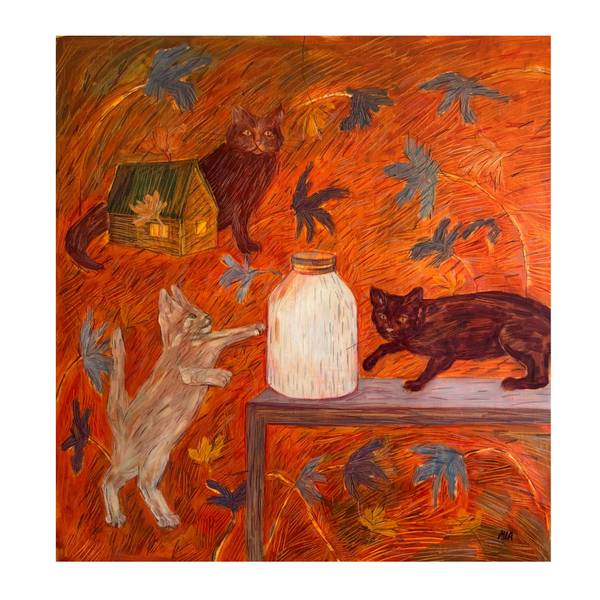
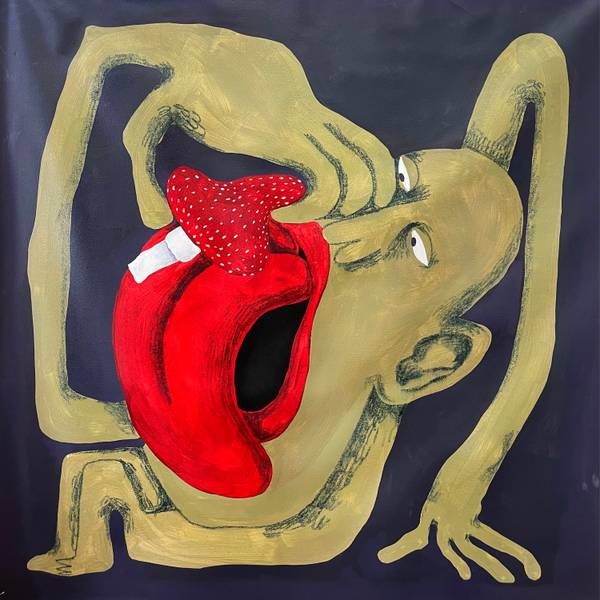
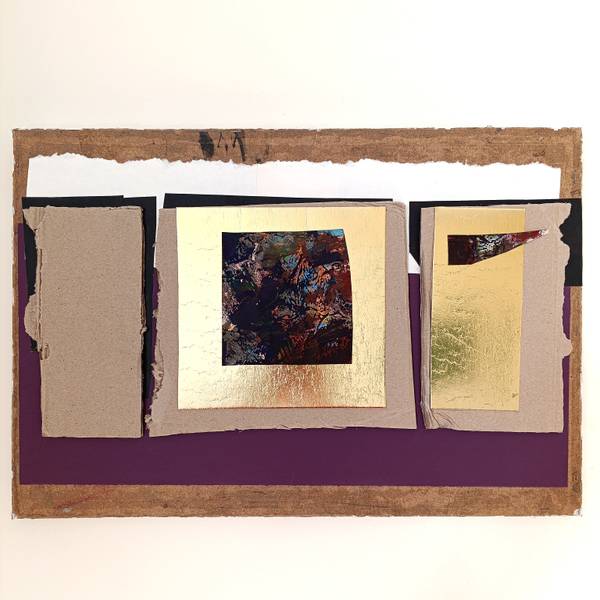
Cats by Solomiia Ortynska, Poisonous mushrooms by Sasha Luneva, No name by Yuliia Semkiv
The Personal Journey of Choosing Art
Choosing art for yourself is a deeply personal journey that combines both emotional resonance and thoughtful self-reflection. The right piece can transform you, evoke powerful emotions, and create a connection to something meaningful in your life. Remember, the process of purchasing art doesn’t need to be intimidating or exclusive—art is for everyone. There are countless options available that suit all tastes and budgets.
By focusing on how the artwork makes you feel, researching the artist’s journey, and setting a budget that suits your financial situation, you can begin buying your art. Remember that few of us are born with acute sensitivities, making it easy to trust our own instincts and tastes. But relying on others’ tastes or your own rational choice isn't an option. You have to clarify your own senses and sensibilities to be able to trust your judgment. And in clarifying your senses and tastes, action is everything. You must see, read, buy and sell to experience it first-hand and make up your own mind.
So engage in the game, reflect, talk to artworks, and live with them. After all, art is meant to be owned, cherished, and experienced—not just looked at.


